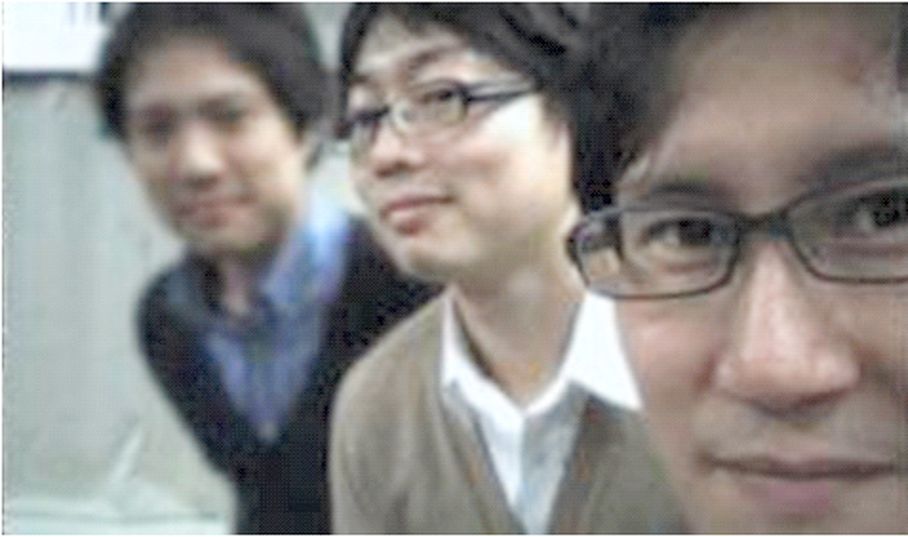When we all first heard about the light field sensor in the Lytro camera, there was a considerable amount of excitement. Many of us really saw something great in the ability to focus our images after the fact. But when the tech actually made it to market, it turned out that though neat, it wasn't really practical yet. Now with Toshiba rumored to be developing a light field sensor for mobile phones, is it safe to say this is really catching on?
When I look at the tech as described by a report on Electronista, it makes sense and it sounds promising:
"The module uses an array of 500,000 lenses in front of an image sensor, mimicking the eye of an insect. As each lens captures a different image, the camera can then take various sections and create a collage as a final viewable image. The camera module can also measure the distance to objects in its field of view by comparing similar images, in a manner similar to that of a dual-lens camera creating 3D imagery."
This sounds really pretty sweet. Though I'm less than jazzed about the quality of the example images taken with the sensor, I understand they're low quality and early examples. If Toshiba can put this technology into cell phones with success, us techies have something to cheer about.


But for me to say that this tech really means something to photographers, there needs to be a major adjustment made to the process: I need to be able to do something with the images. Though you can export Lytro's files as jpegs, the general consensus from users is that the jpeg quality is dreadful. Sure it's fun to post these online (well sorta, since I can't seem to get Lytro images to ever load on Facebook), but the technology is simply not practical in its current state. Seeing how Toshiba's sensor is going to be even smaller than Lytro's, I can't imagine that any exported jpegs are going to be useful. At all. I would be more excited if Toshiba was making a larger sensor, not a smaller one. For now, this still looks like they're toying with the new technology.
So to answer my original question: maybe. If Toshiba can get their new camera into popular cell phones and users really enjoy the experience, then we can all start to say "yes." At that point, we can expect that some company will try this in a larger camera- maybe even in a DSLR. I'm just not going to get excited until I see the technology evolve to the point where the images can be practical and useful. To put those 500,000 lenses into a DSLR sized camera and sensor sounds horrifically expensive, and in order to prove that project as worth it, someone is going to have to sell a heck of a lot of these smaller versions. Maybe that's what Toshiba is hoping for, we'll have to wait and see. But just imagine the size of the files it would generate if it were something like a Nikon D800-ish quality sensor. Just one of those RAW files is massive, but to capture everything in focus would require a combination of hundreds of those files. Yikes.
Look for Toshiba's attempt at the light field sensor sometime late in 2013.
[Via PopPhoto via Electronista]



![[Editorial] Can Sony's Digital Imaging Division Restore Profits?](https://cdn.fstoppers.com/styles/small-16-9/s3/wp-content/uploads/2012/04/SONYoped2.jpg)



The real potential in this technology is to let grandma take a pic without having to worry about focus, as with those old point and shoots. Then she selects what she want's focused (or better yet, the face recognition software does it for her) and with a button press it goes to Facebook. Put that ability on a phone and you have a winner.
Do you see any other practical use for this?
Wedding or event photography. If the quality of the sensor is vastly improved and export to jpeg or RAW is available, the idea of an out of focus shot just vanishes, which could be very helpful.
i've got to agree with Jaron and Arturo here. :-)
What about creating a separate depth pass within the file? Then applying the concept to video to be used in live action footage? Having a separate depth pass would be amazing!